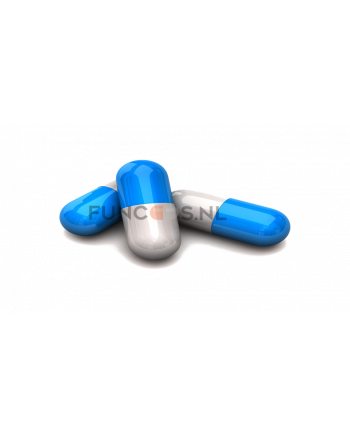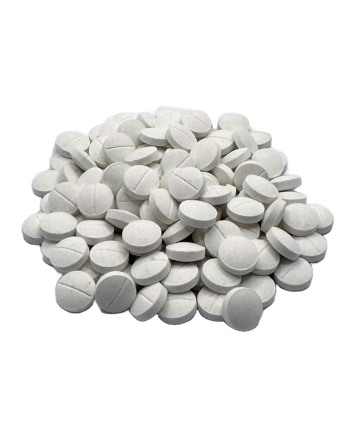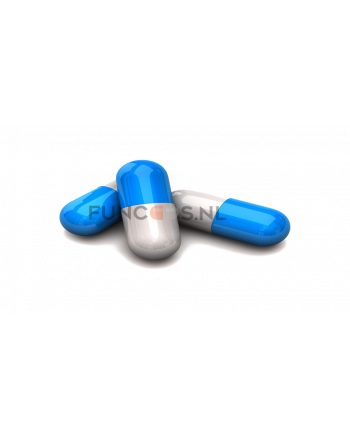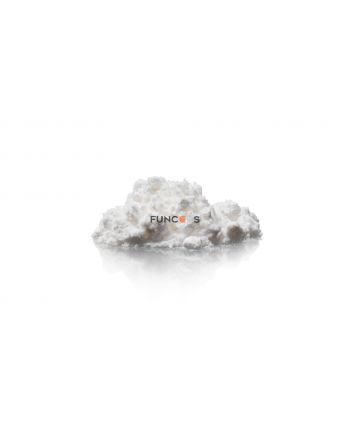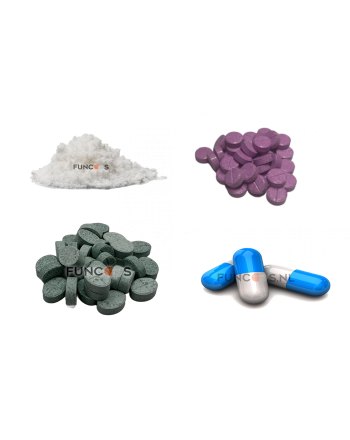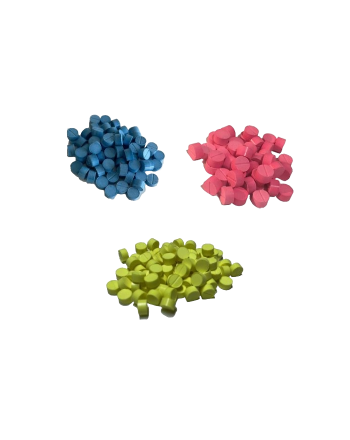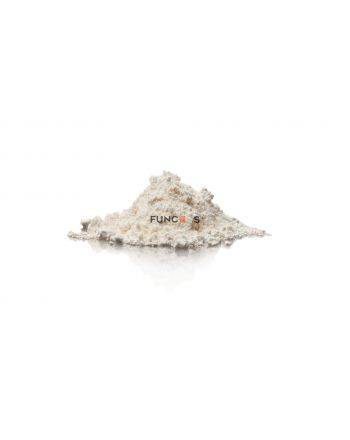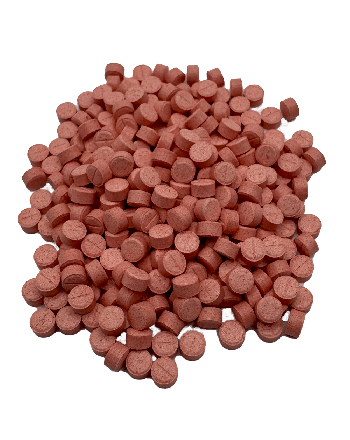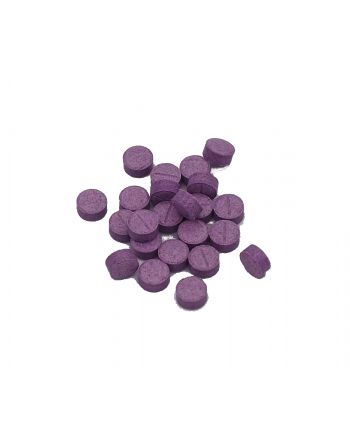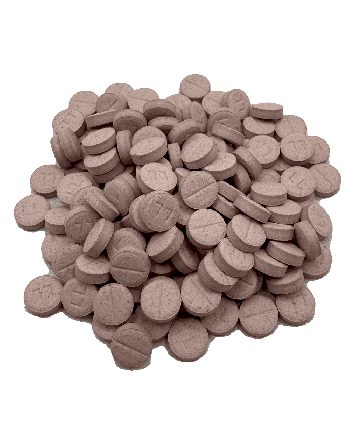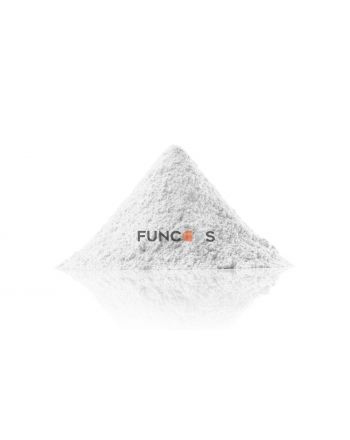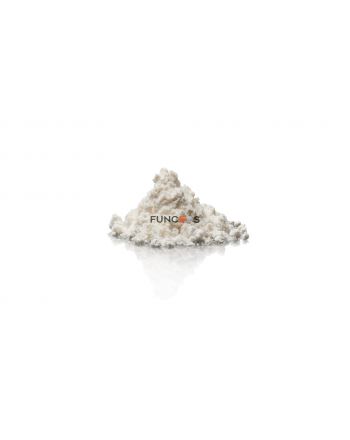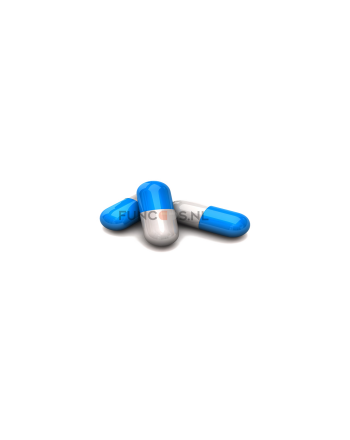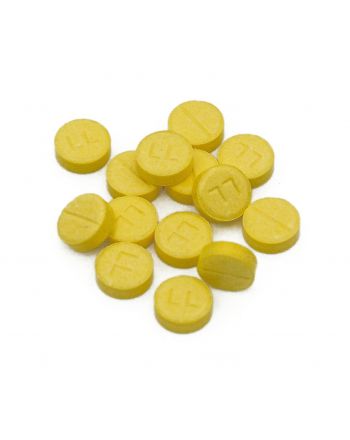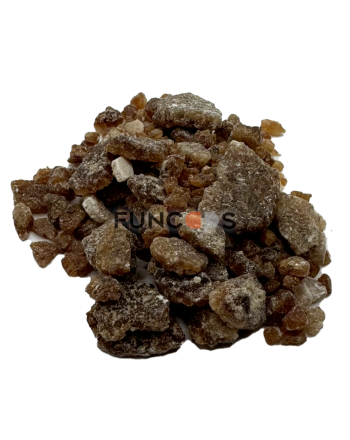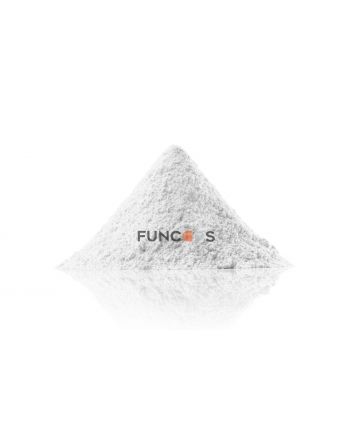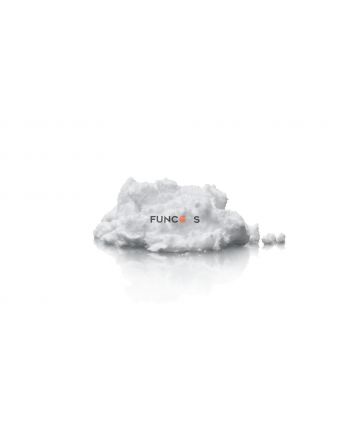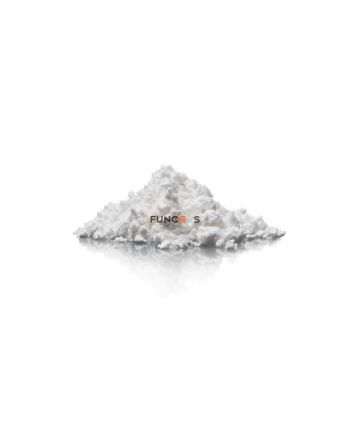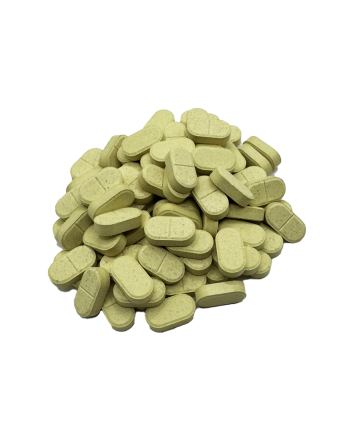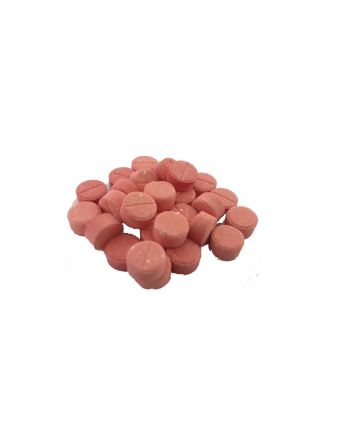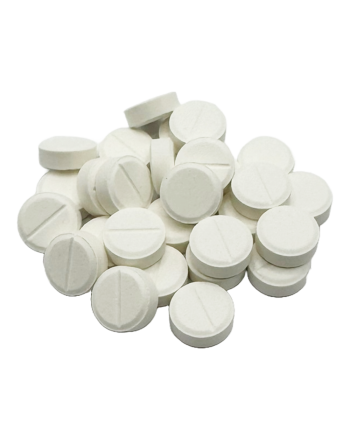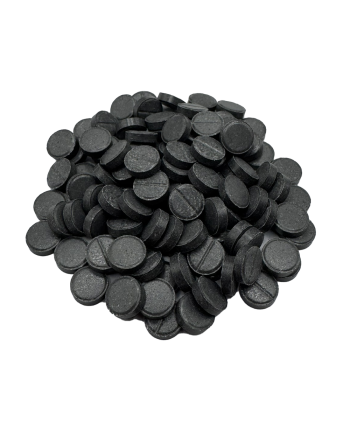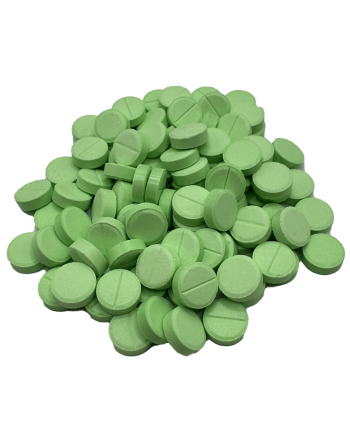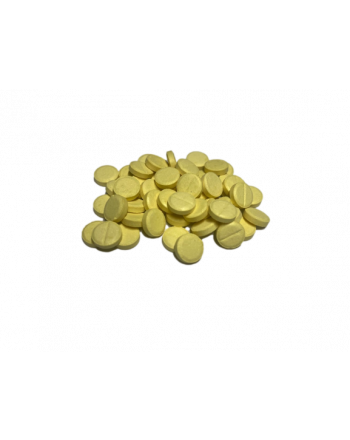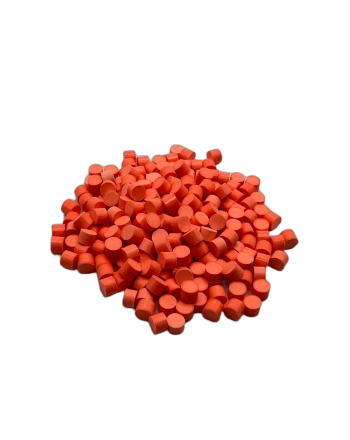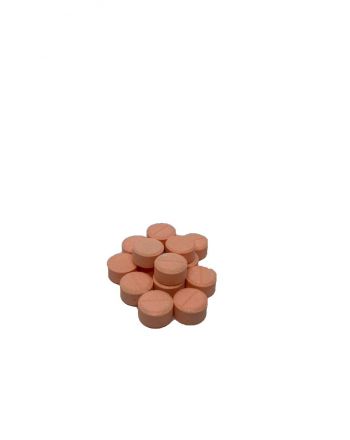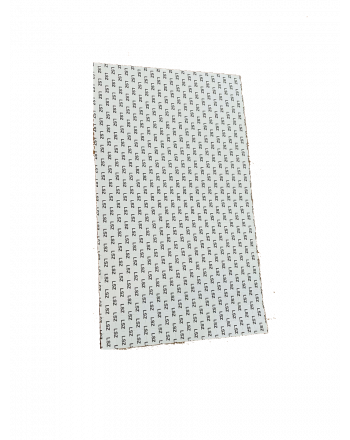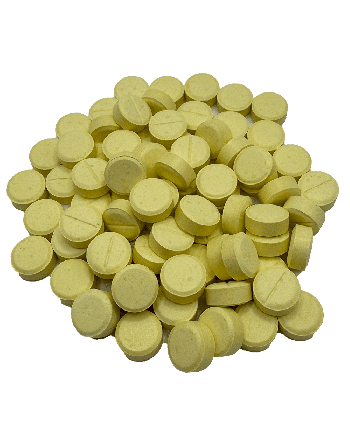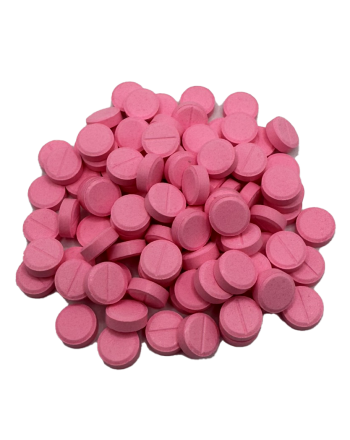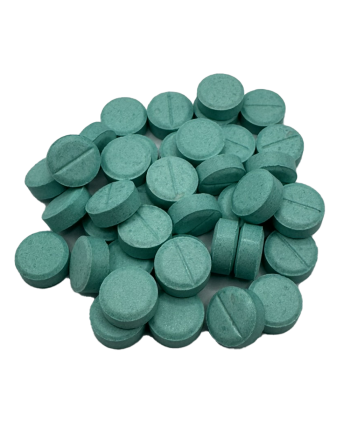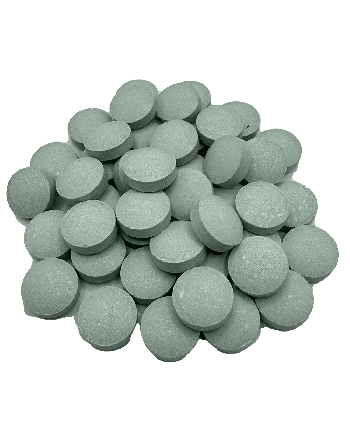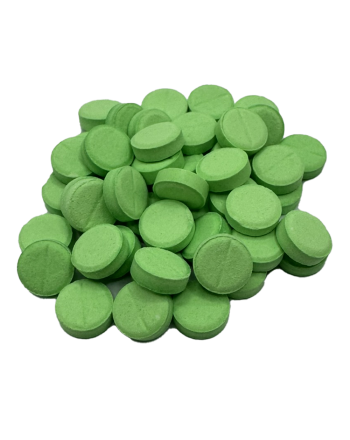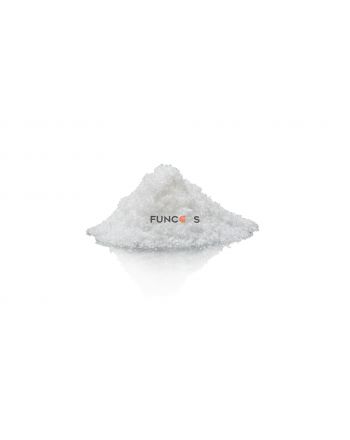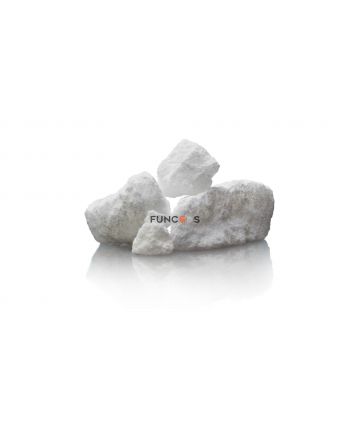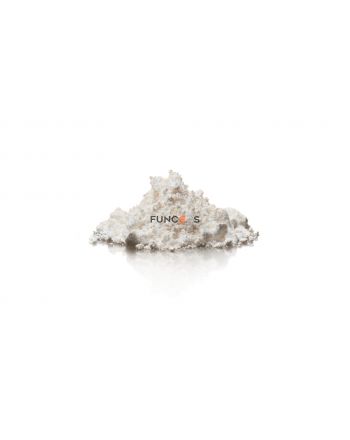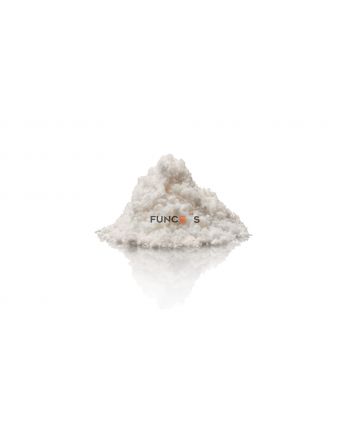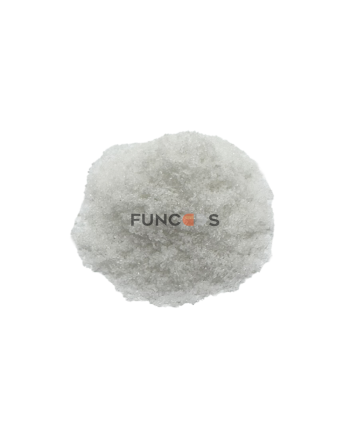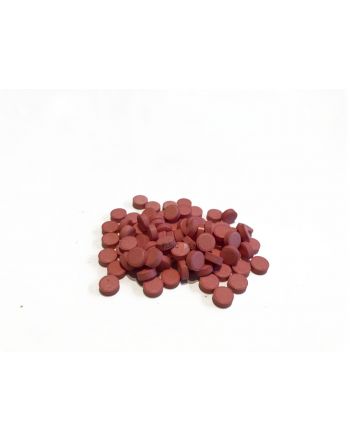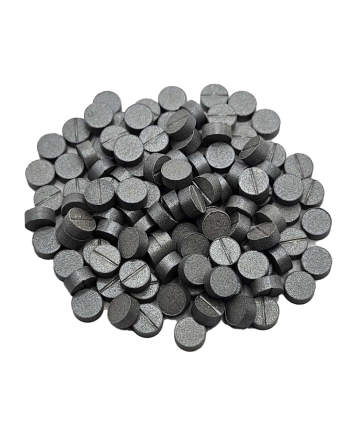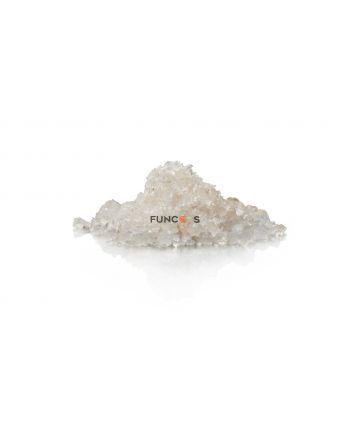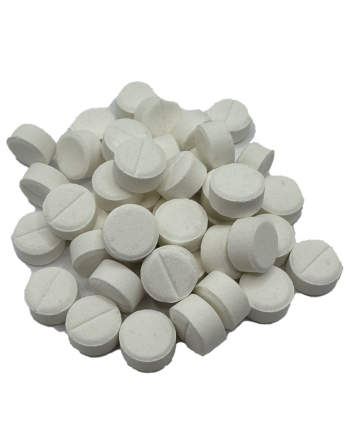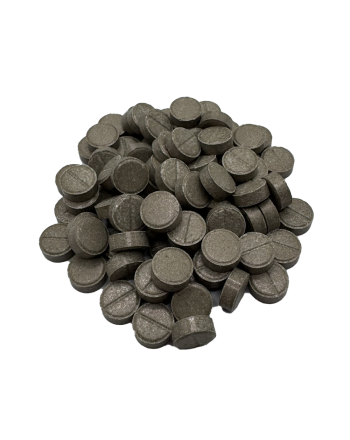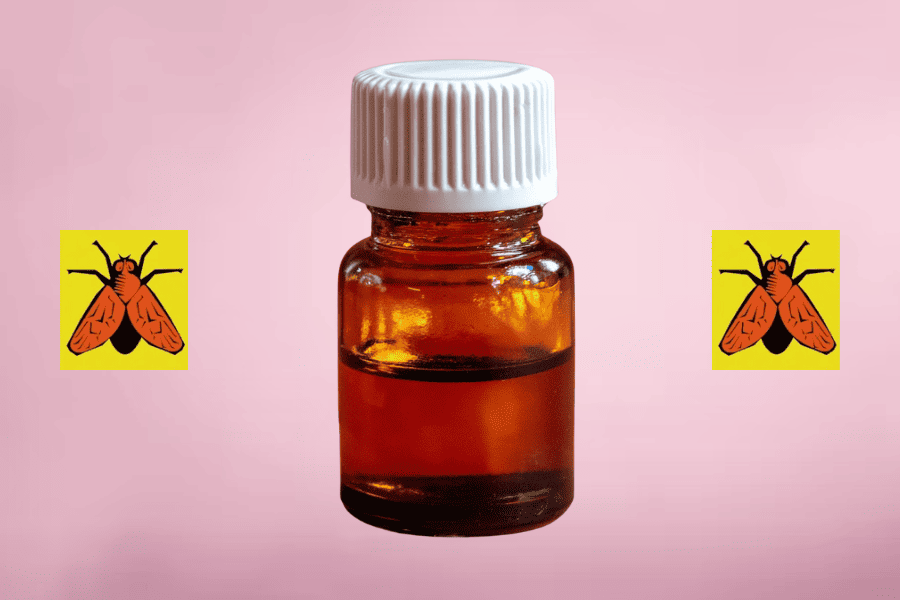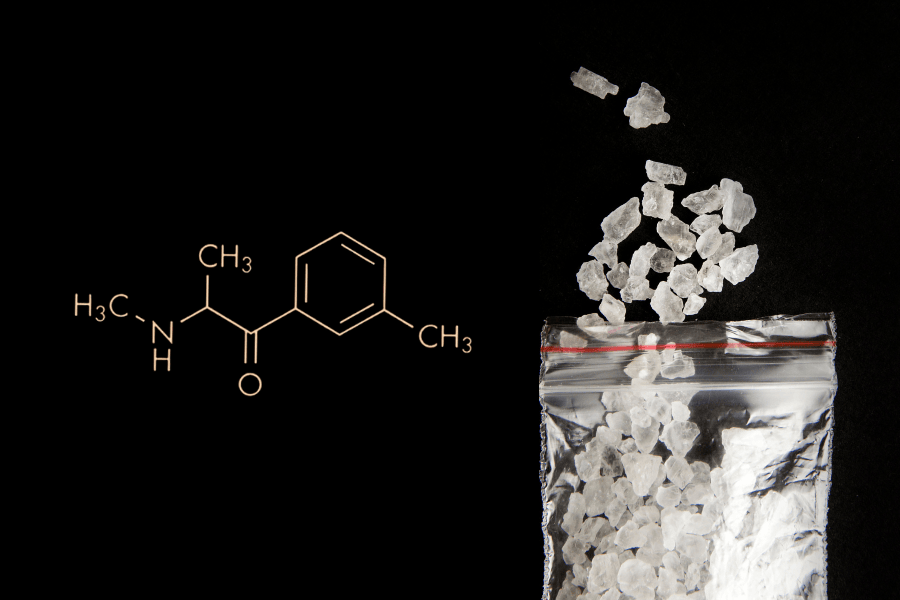What are research chemicals?
- Funcaps
- Blogs about cathinonen
- 13 Oct 2024
- 751views
- Reading time: 3 minutes

Research chemicals, also known as designer drugs or new psychoactive substances (NPS), are synthetically manufactured compounds designed to produce effects similar to illegal drugs but with slight variations in their chemical structure. These substances are often produced in laboratories and fall outside traditional drug laws, sometimes making them legally available. In this article, we explore exactly what research chemicals are, what types exist and the potential risks and effects associated with their use. It is important to be well informed about these substances, given the rapidly changing nature of regulations and the health risks they may pose.
What are research chemicals?
Research chemicals are synthetic substances often made in laboratories and designed to have effects similar to those of known drugs. They usually fall outside traditional drug laws, sometimes making them legally available. These substances are often used for research or recreational purposes, but the effects can vary widely. Some research chemicals can be stimulating, sedative or even hallucinogenic, depending on their chemical composition. Because many of these substances are relatively new, little is often known about their safety and possible side effects. This lack of information makes it important to exercise caution when using research chemicals, as the risks and effects are not always well understood. It is essential to do proper research and be aware of the potential dangers before deciding to use a research chemical.
TYPES OF RESEARCH CHEMICALS
There are countless types of research chemicals available at Funcaps, each with their own specific effects and risks. Some well-known categories include:
- Phenethylamines: RCs with stimulating and hallucinogenic effects, similar to LSD.
- Cathinones: research chemicals with stimulating effects, similar to amphetamines like MDMA and speed.
- Benzodiazepines: research substances known for their calming effects, similar to tranquilizers like Xanax and Valium.
- Cannabinoids: designer drugs that mimic the effects of THC to a greater extent.
- Fluorinated: research substances related to amphetamines, like cocaine.
- Classic drugs are slightly modified by chemists, giving rise to new substances. This is why research chemicals are also known as New Psychoactive Substances (NPS). Want to see what different research chemicals look like? Check out the extensive assortment through the link.
RESEARCH INTO RESEARCH CHEMICALS
There is still little research done on the effects and risks of research chemicals. However, a study has shown that few people take designer drugs and that some RCs are more popular than others. The limited presence of thorough research makes the ingestion of research substances risky. Risks are currently primarily discovered through specific focus groups in research environments.
Risks of research chemicals
Research chemicals can be mass-produced in laboratories. The purity of these substances plays a crucial role in their effectiveness and safety. A research chemical with a high purity, say 97%, is usually preferable to one with a lower purity. In addition, there is often a lack of reliable information on recommended dosages, which creates the risk that users may accidentally ingest too much of a research chemical. Many research chemicals are relatively new, meaning that their long-term effects and risks have not yet been thoroughly studied. At Funcaps, we strive to ensure a high level of purity so that you can experiment with these substances in a more informed and safer way. However, it is important to always exercise caution and do proper research before deciding to use a research chemical.
LEGAL USE OF RESEARCH CHEMICALS
Many research chemicals are chemically altered, preventing them from being included in the Opium Act. This means that the chemicals only need to have a label with health risks in accordance with the Commodities Act. The government is in the process of drafting a law that will make all NPS illegal at once. The law is scheduled for around 2023. Some research chemicals, such as 3-MMC and 4-FA, are already banned, and other chemicals are on the verge of disappearing from the market. So, buying 3-CMC and Eutylone will soon no longer be allowed, not even for conducting scientific experiments. Order a final dose of these chemicals for your research through the links mentioned above!
Related Posts
